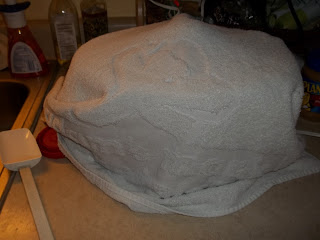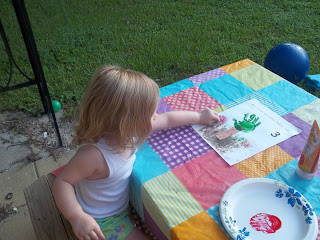 |
| http://www.123rf.com/photo_4795577_lemon-and-two-oranges-on-a-light-background.html |
Oranges (most of these involve dried orange peels. So, pull out your dehydrator after having a few oranges, dry some peels and get to work on cleaning up around your house)
1. Insect repellent. Duh! Oh my word, why did I not think about this before?! I remember noticing not too long ago "orange scented" bug repellents. You know why? Bug just don't like the smell. Set out a few peels near your windows, doors, and patio furniture, and the bugs are discouraged from invading your space. Also, take some orange peel powder and water, make a line around an ant bed, and they are then discouraged from crossing the line (wish I had known this two weeks ago before I had to do a funky cut of the yard with the lawn mower because of the massive ant beds!)
2. Air Freshener. In addition to the air freshener I mentioned in another post, you can also place a few orange peels in the oven, on the rack, and cook for 5 minutes or so. (This should also help in drying your peels for other uses as well!). You can also put a few orange peels in a cotton bag (like an old pillowcase) and hang it in closets to get rid of the musty smells.
3. Appliances: Use the peels to shine your metal appliances.
4. Flames!!! I have done my fair share of camping, hiking, and backpacking and knew that oranges were great kindling. The juice you get from squeezing an orange can be highly flammable, so while camping (or I guess while you are setting a fire in your fire place), toss a few orange peels in there to get the flames going. (Who knew?!)
5. Deodorant. Mix orange peel and lemon peel with a little powder, and you have yourself a homemade deodorant.
Lemons: (Think of those Japanese restaurants. Ever watch them clean the grills after they are done chopping, flipping, setting things on fire, etc? What do they use? A little lemon, cut in half, water, and a rag. It's as easy as that!)
1. Scrubbing stuff. Just like mentioned above, lemons are great for cleaning quickly, cutting the grease, and leaving a great smell. Use a lemon to scrub the inside of your oven; dip a lemon in some salt and scrub the hard to get off stuff.
2. Did you say "Wood"? (extra credit if you get that allusion). Mix 1 cup of olive oil with 1/2 cup of lemon juice for a homemade furniture polish.
3. Mixing with friends. Mix lemon juice with vinegar for a bathroom cleaner. This mixture is a great soap scum killer and does well on hard water deposits.
4. Makes your whites whiter! Lemon juice is a natural bleacher. Rub a little on a stain, let it dry in the sun, and then wash away (you girls that used lemon juice to dye your hair as a teenager are all probably smacking your forehead right now).
So as citrus season approaches, fill your fruit baskets with lemons and oranges, but don't throw away those peels. Dry them, squeeze them, boil them, but whatever you do, don't throw them away!
For the schedule of this series, go here. Next week's cleaning post: Salt.
Resources:
1. http://factoidz.com/green-clean-tips-how-to-use-oranges-in-household-cleaning/
2. http://allnaturalbeauty.us/herbal_powders_deodorants.htm
3. http://www.greenlivingtips.com/articles/176/1/Orange-peel-tips.html
4. http://housekeeping.about.com/od/environment/a/lemonscleaning.htm
5. http://www.easy-homemade-recipes.com/lemon-cleaner.html (Didn't actually put anything on here from this site, but she has recipes to make Lemon Cleaners)
6. http://housekeeping.about.com/cs/environment/a/alternateclean.htm














































